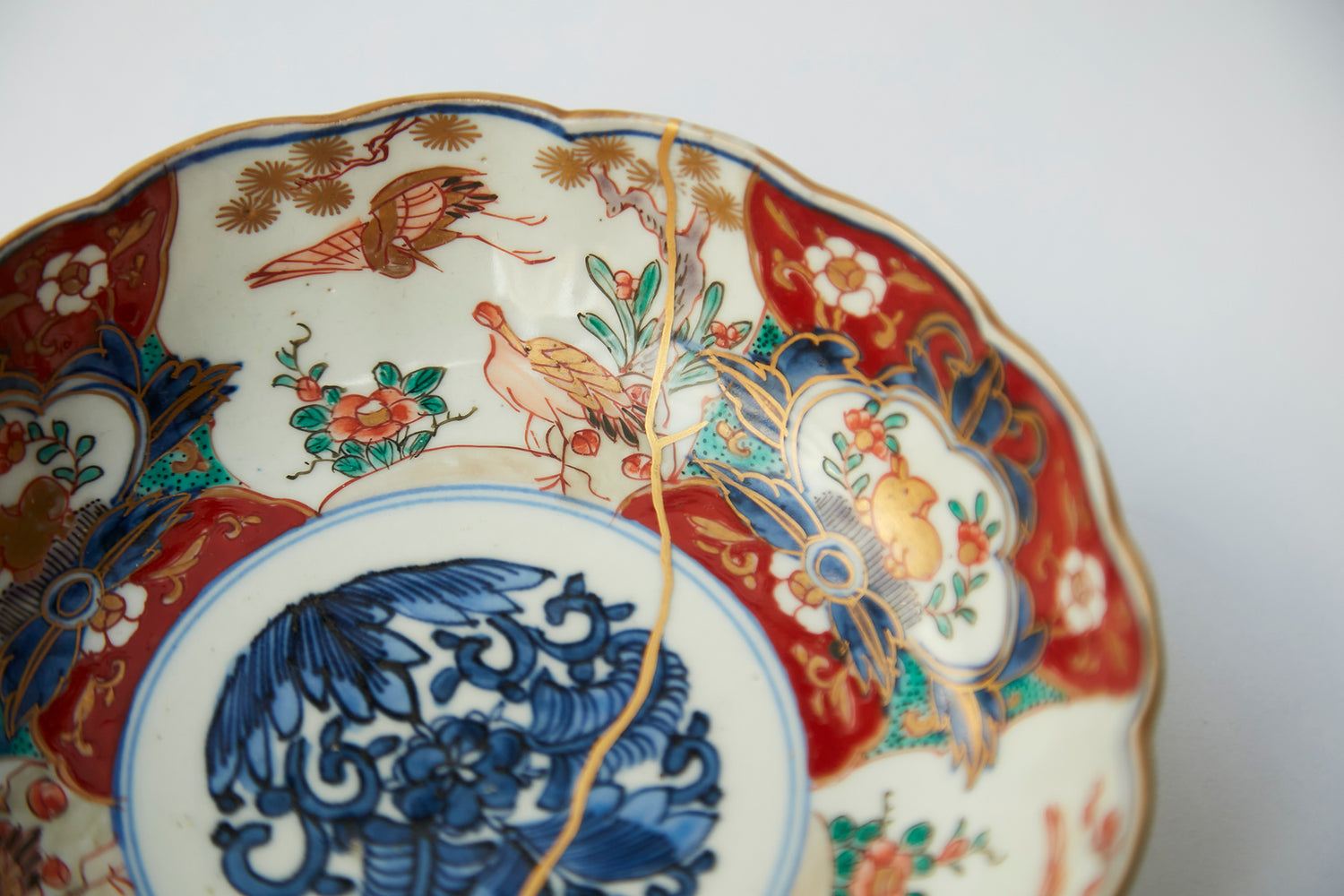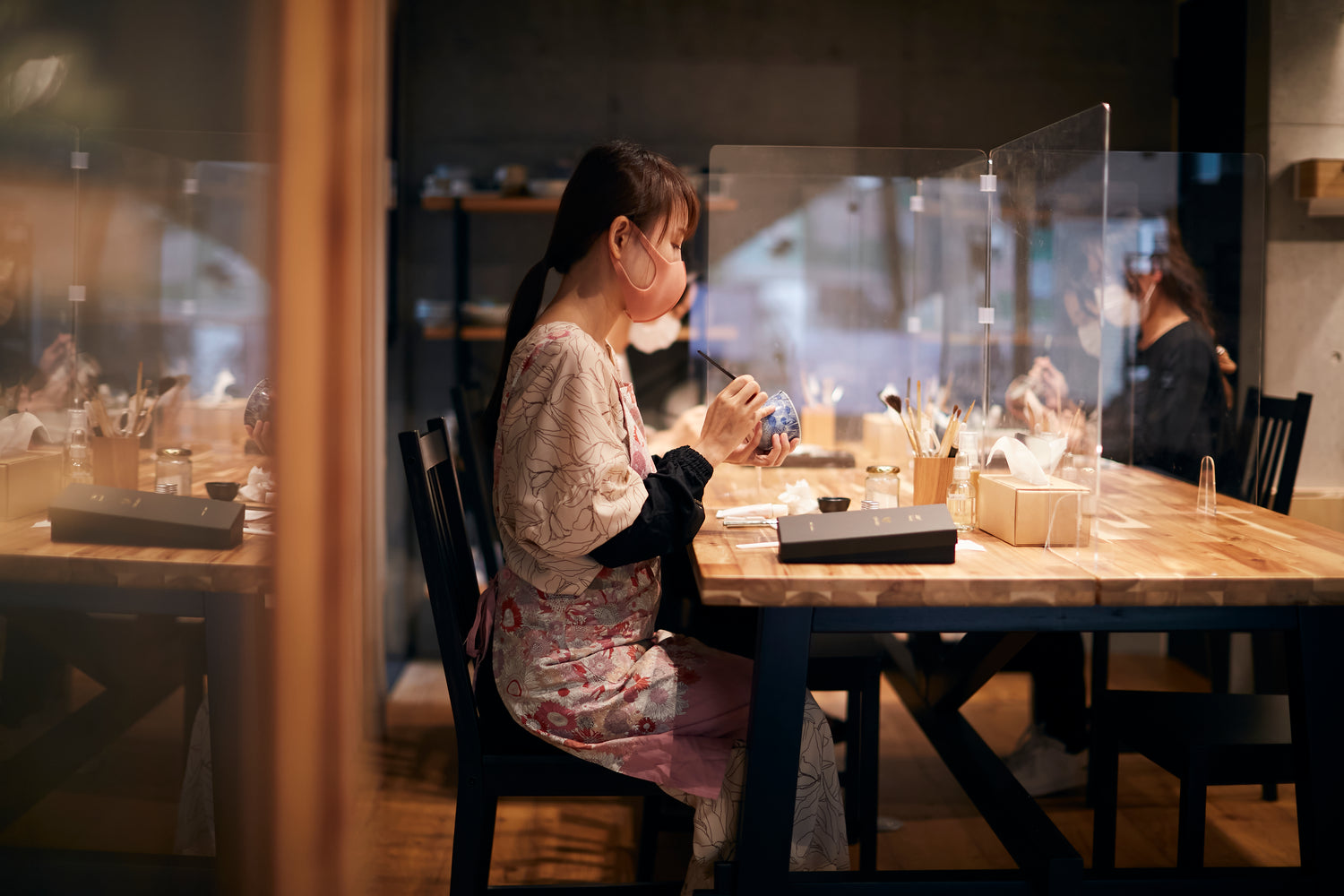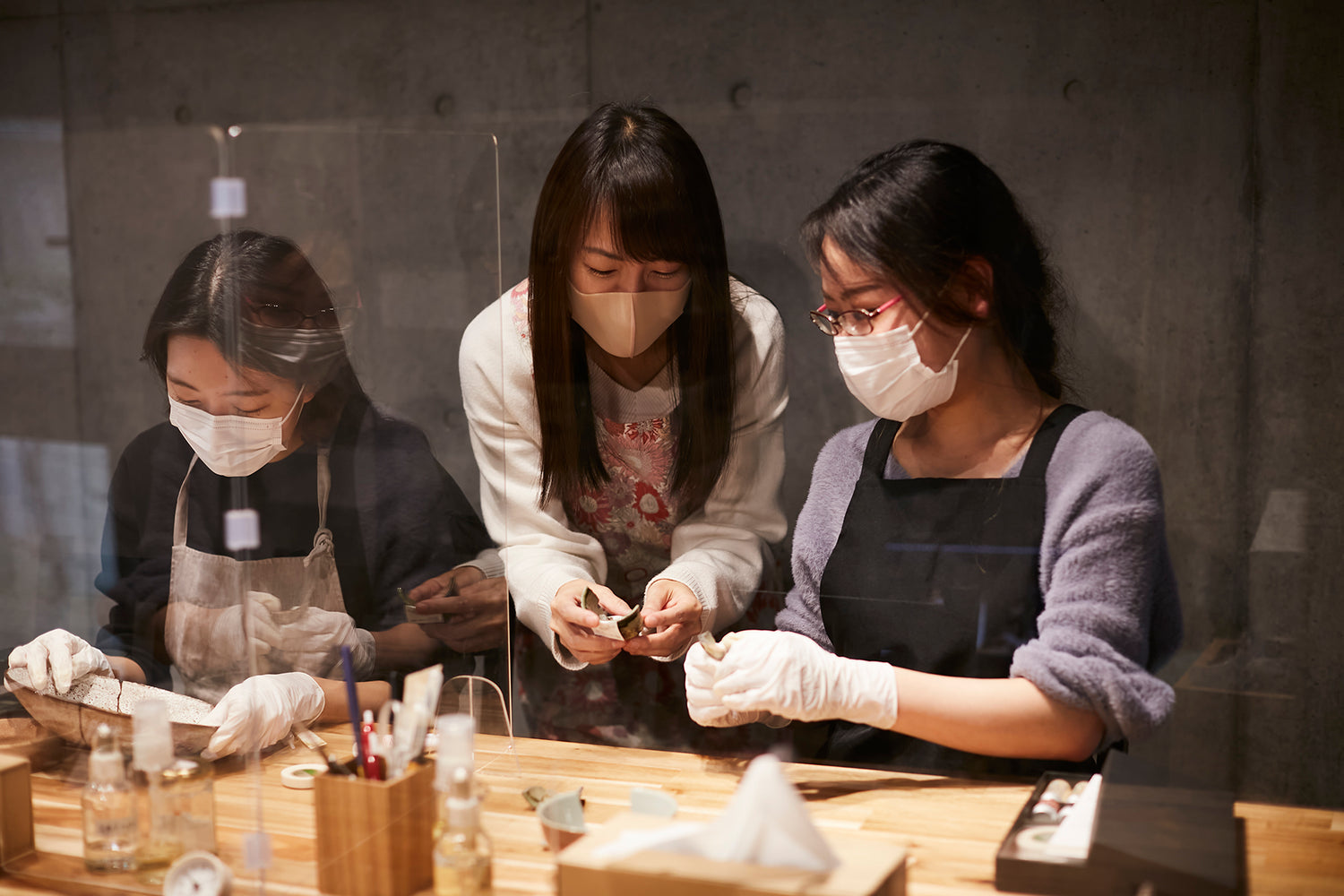Bengal-red Urushi Lacquer (10g). This tube of urushi is a complementary product for our kintsugi kit TSUGUKIT. It can be used for kintsugi and lacquerware projects.
■ Product details
1 x Tube of Bengal-red Urushi (10g)
This tube should be ideally used within a year after being produced.
■ FAQ
Q. Is the bengal-red urushi in a tube the same as raw urushi mixed with bengal-red pigment?
A. Our Bengal-red urushi, available in a convenient tube format, serves a similar purpose to raw urushi lacquer mixed with bengal-red pigments. However, it includes a small amount of Japanese urushi. This addition improves its smoothness, making it easier to apply and less prone to brush marks. These refinements make it more expensive but highly effective for achieving professional-quality results.
■ What is urushi ?
Urushi is the tree sap of the lacquer tree. It has been used as a natural glue and a coating layer for hundreds of years in Japan. It is the main ingredient used in kintsugi and Japanese lacquerware. Once it has hardened, urushi is very strong and durable. It is also completely food safe.
-Since lacquer is tree sap and a raw material, it is better to store it in a cool, dark place (such as a refrigerator) to maintain its quality.
-Lacquer is less likely to harden if stored for a long period of time.
If such a condition occurs, please purchase new fresh lacquer.
■ !!! Warning !!!
Urushi lacquer should always be handled with care because it can trigger strong skin rashes if it comes into direct contact with the skin. You should always wear gloves and cover your skin when using urushi lacquer. If urushi gets on your skin, wash it off as soon as possible with vegetable oil. Applying hand-cream can help prevent strong rashes.
If you experience a rash when using raw urushi lacquer, please stop using it immediately and make sure to seek the advice of a physician.
Please note that Tsugu Tsugu is not liable for skin irritations caused by the use of urushi.
If you get lacquer on your skin, we would appreciate it if you would immediately dissolve the lacquer in canola oil and remove it, then wash your hands with soap and water.
■ How does urushi harden?
Urushi actually cures by absorbing the ambient humidity. The ideal conditions for curing would be 20~25℃ (68-77°F) with a humidity level of 70~80%. To recreate these conditions, you can make a "urushiburo." You can refer to the following video to create your own urushiburo: www.youtube.com/watch?v=ouDCBSd92FA
If the temperature and the humidity are good, urushi should take 3-4 days to cure. It can take longer if you are in a drier environment
■New & Improved!
Since Bengal-red urushi is watery, and the previous small tube sometimes leaked during overseas transportation, we changed the size of the tube. Therefore, it has been out of stock for a long time. Sorry for keep you waiting!
It used to be 7g bengal-red urushi in a small tube, but the new one comes with 10g urushi in a bigger tube. Therefore, you can see relatively larger blank room in the tube, but it is intended like this so that the urushi does not leak from the tube.
■ Important Shipping Information
For U.S. customers:
FedEx may request you to submit a "TSCA form" upon receiving the product. As long as it’s submitted by the deadline, your product will be delivered. If requested, we can provide the form, which you’ll need to print and sign. The TSCA (Toxic Substances Control Act) is a U.S. law regulating the import of toxic substances, including lacquer from Japan, regardless of the seller. Please note, we cannot issue a refund if the TSCA form is not submitted.
If you refuse to submit the TSCA form by the deadline, the shipping company will dispose of the item on the spot, and we will be charged an additional disposal fee.
For EU customers:
Customers are responsible for paying any customs duties before receiving their orders. Unfortunately, we cannot estimate the customs fees in advance. We have heard that customs duties in the EU can be particularly high. Please note that we do not offer refunds under any circumstances.
If you refuse to pay the customs duties upon delivery, the shipping company will dispose of the item on the spot, and we will be charged an additional disposal fee.









